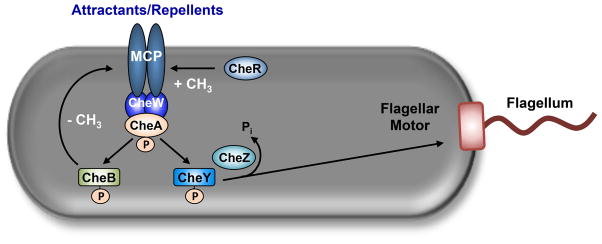Figure 1. Sensing of chemical stimuli and signal processing.

A chemical stimulus (either an attractant or a repellent) is detected by a transmembrane chemoreceptor, also known as a methyl-accepting chemotactic protein (MCP). Via the coupling protein CheW, the signal is transduced to the HK CheA. In response to an increase in the concentration of a repellent or a decrease in the concentration of an attractant, CheA autophosphorylates a conserved histidine residue. Phosphorylated CheA stimulates a rapid excitatory and a slow adaptive signal by donating its phosphoryl group to the RRs CheY and CheB, respectively. Excitation occurs when phosphorylated CheY diffuses through the cytoplasm and binds to the switch at the cytoplasmic face of the flagellar motor, increasing the probability of clockwise (CW) rotation. Excitation is modulated by CheZ, a specific phosphatase that dephosphorylates phosphorylated CheY. Adaptation occurs because phosphorylated CheB functions as a methylesterase that specifically removes methyl groups constitutively placed on the MCP by the methyltransferase CheR.
